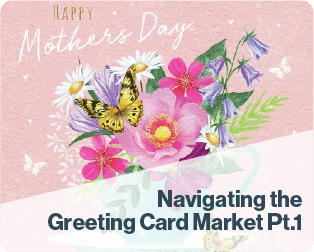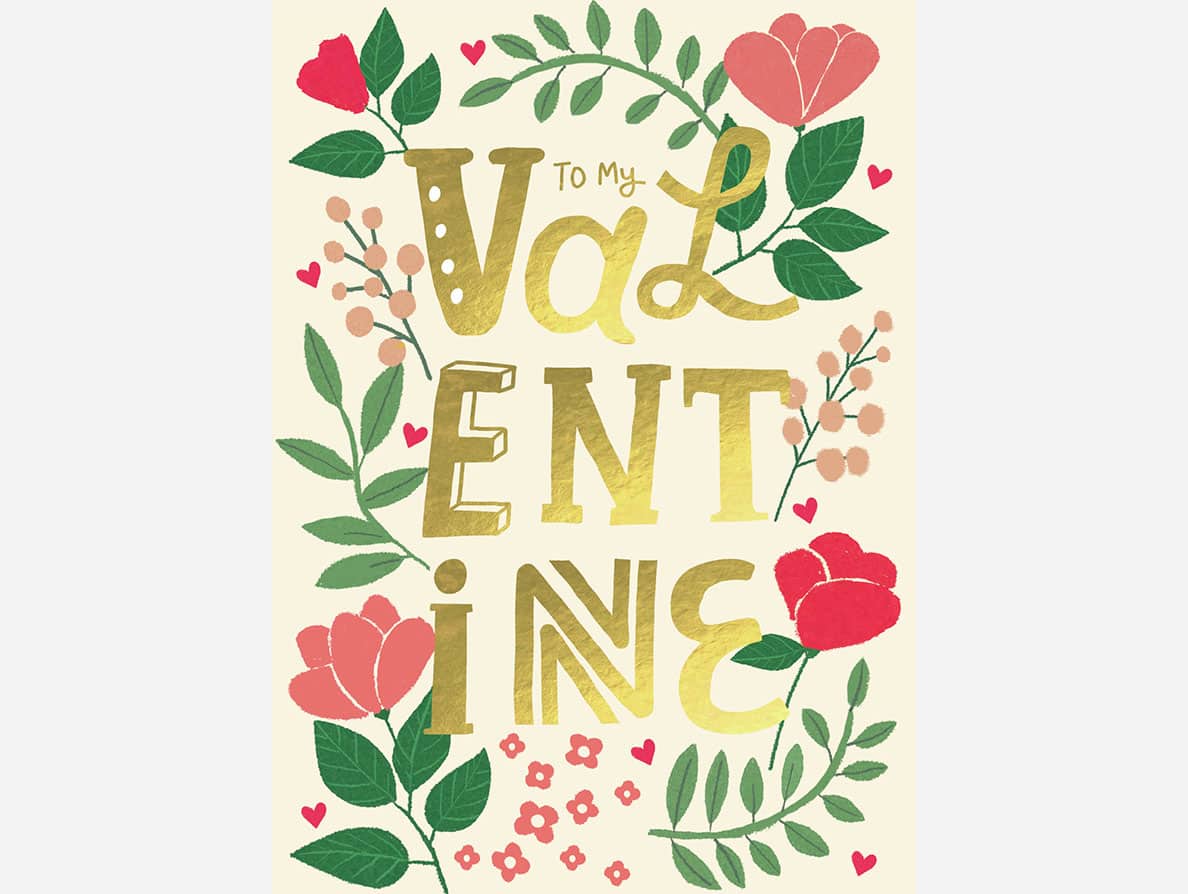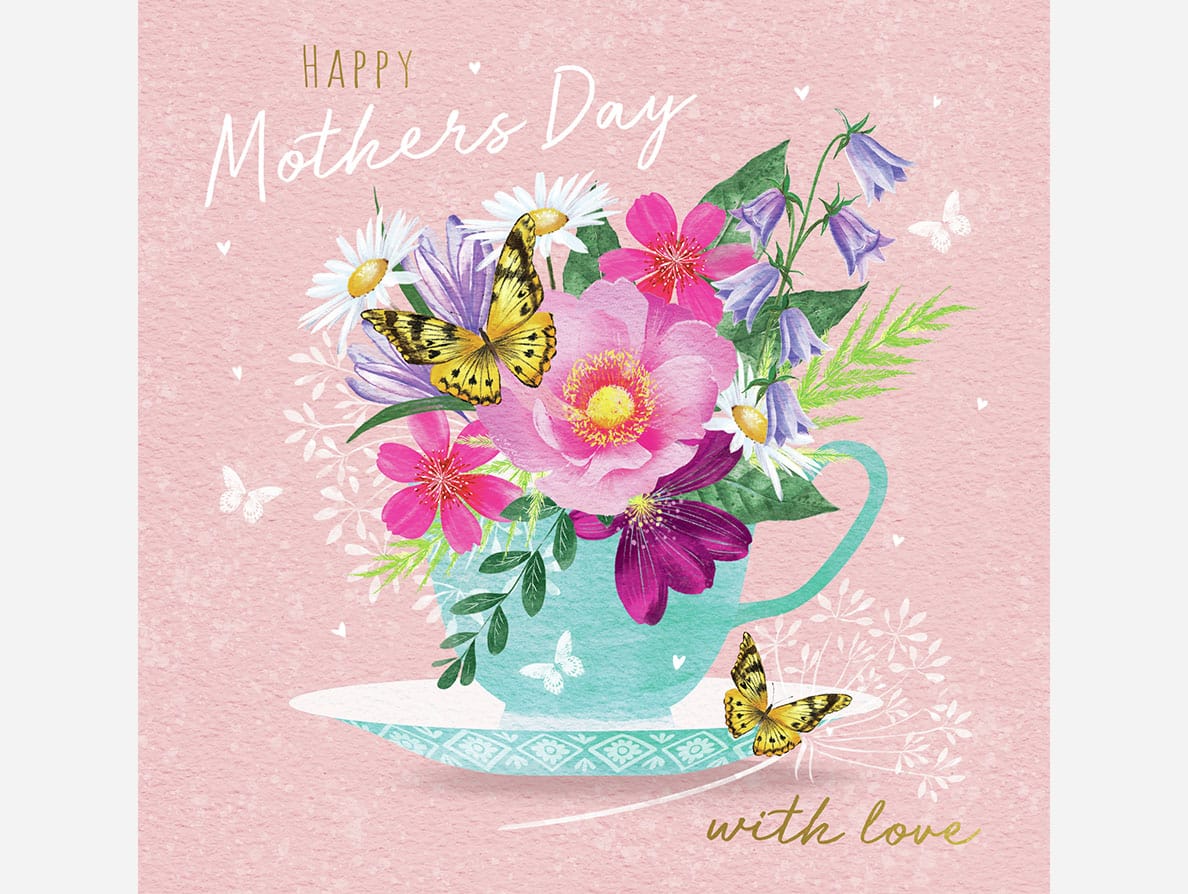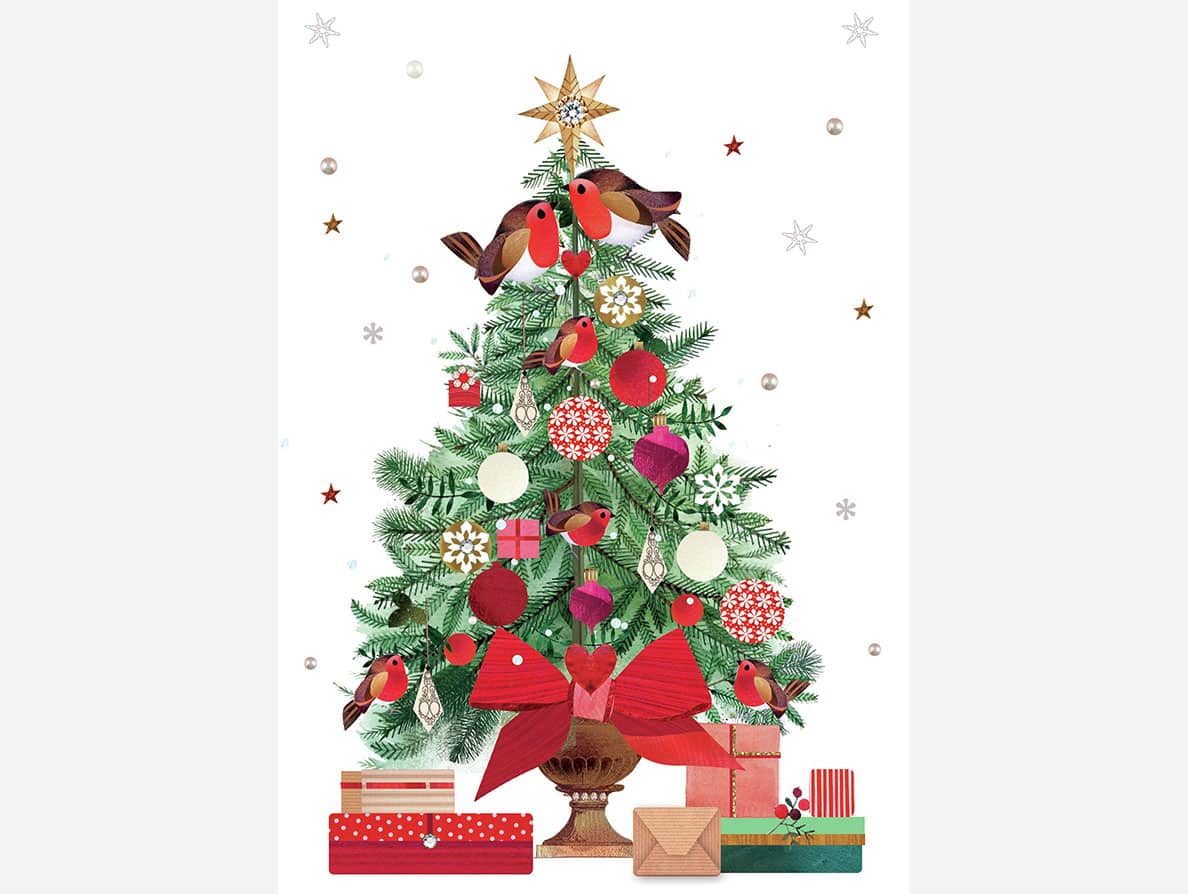Navigating the Greeting Card Market Part 1
Published on 06/05/2024Greeting Cards by Advocate Art illustrators Charlotte Pepper, Di Brookes, Lynn Horrabin, and Pimlada Phuapradit
Navigating the Greeting Card Market Part 1
Teacher: ITSme Society
In this digital age, the art of giving or receiving a physical card with a heartfelt, handwritten message is never lost on people. Often, a Facebook message or midnight text is just another brick in the wall, no matter how well-meaning it can just be another nuisance to reply to on our special days. A beautifully crafted card is always one of the safest homes for your loving wishes.

Cards are designed like any other product – for a specific purpose. It’s far more than pasting an image onto a thick piece of paper and folding it in half, so try not to think of a card as a piece of art on a piece of paper, think of it as an image that encompasses a celebration, like welcoming a New Baby or wishing someone a wonderful Birthday. But then, just as important, the design must have a huge level of empathy between the sender and recipient, think of the differences between generations – two teenagers may prefer to send one another cards with images about going shopping or dancing at parties, whereas two elderly ladies may select cards embellished with a beautiful bouquet of flowers.
Once you understand that the image on a greeting card is a very purposeful design, you will increase your chances of being picked up by Greeting Card publishers and winning commissions. We’ve got a handy selection of facts, figures, and useful tips that will be sure to help you land Greeting Card commissions. In this blog, we will look at the facts and discuss how an understanding of the Greetings Card market will help you tailor your designs.
The Market: The first fact that is important to consider is that, on average, 70% of cards are purchased by women, and another 70% of those purchase are women buying for other women. This means there are far more feminine designs on the market, so tune into this fact when you consider your designs and how they can satisfy this tricky industry.
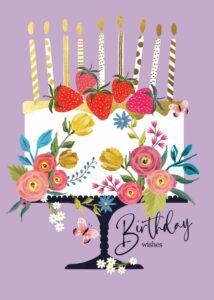
Impact: You need to be able to let the customer know what they are buying as soon as they look at the design. Most people who buy greeting cards will be making an ‘impulse purchase.’ Let’s face it, we all live busy lives, and often will grab the card that speaks to us most in a last-minute kerfuffle, often before attending a birthday party or for our Secret Santa at the work Christmas gathering. On average, an illustrator’s design should take a third of a second to let the customer know what and who the card is for, and in large, busy supermarkets (where there are 30 other items on the shopping list) that time is reduced even further. So, get specific with your design! Don’t be afraid to pick a niche target audience and tailor your designs for them; you could achieve this by not being afraid to lean into stereotypes and letting your sharp wit shine through, a lot of cards are for joyous occasions, and humor is important! You’ll have far more success this way. Make the design as clear as possible to try and get the most attention from the customer; they know their recipient, and if you are clever with your observations, you can also understand their recipient and tailor your work to appeal to them.
For more free tips for how to improve your creative design skills subscribe to our ITSme Learning Newsletter!
Other News
How to illustrate kids’ puzzles: from simple to complex!
How to illustrate kids’ puzzles: from simple to complex! Teacher: Bhavi Patel, Advocate Art Agent/ ITSme Learning Almost every theme and subject matter can be adapted to both kid and adult age groups; the key element that differentiates the two is the level of difficulty. This is determined by how much detail is in the...
New Signed Artist: Carolina Coroa
Carolina was born in Belém, north of Brazil, a city well-known for its exuberating nature and strong native culture. She graduated two times, in Communication and in Fashion. After finishing her master at Istituto Europeo di Design in São Paulo, she worked for 6 years creating prints and patterns for fashion companies, running her own design studio and studying...
Calling out to all Creatives!
Are you looking for an Internship? A great opportunity to learn at one of the top illustration agencies in the world. Make sure you send us an email at: hello@itsme.biz
New Signed Artist: Katie Crumpton
I was born in South Carolina in 1992 but now I’m currently living in the Bay Area. I moved to California to attend the Academy of Art University and graduated with a bachelor’s degree in illustration in 2016. I started drawing from a very young age and was too stubborn to stop. I get inspired...
New Signed Artist: Hana Augustine
I am a 27 yo self taught artist from Indonesia. Since my early childhood I have always had pen and papers with me, I would observe and draw. Drawing has become a medium that speaks to my heart. I grew up with lots of children’s books and fairy tales, I was captivated by their worlds...
New Signed Artist: Daniela Tordi
Daniela Tordi is born in Orvieto, a medioeval town in central Italy. Her childhood memories deal with the frescos of a giant cathedral, real tales from the past. She started illustrating as a self-taught in her thirties, asking to writers for adults to write a children’s story as a special gift. This collaboration, among other...




